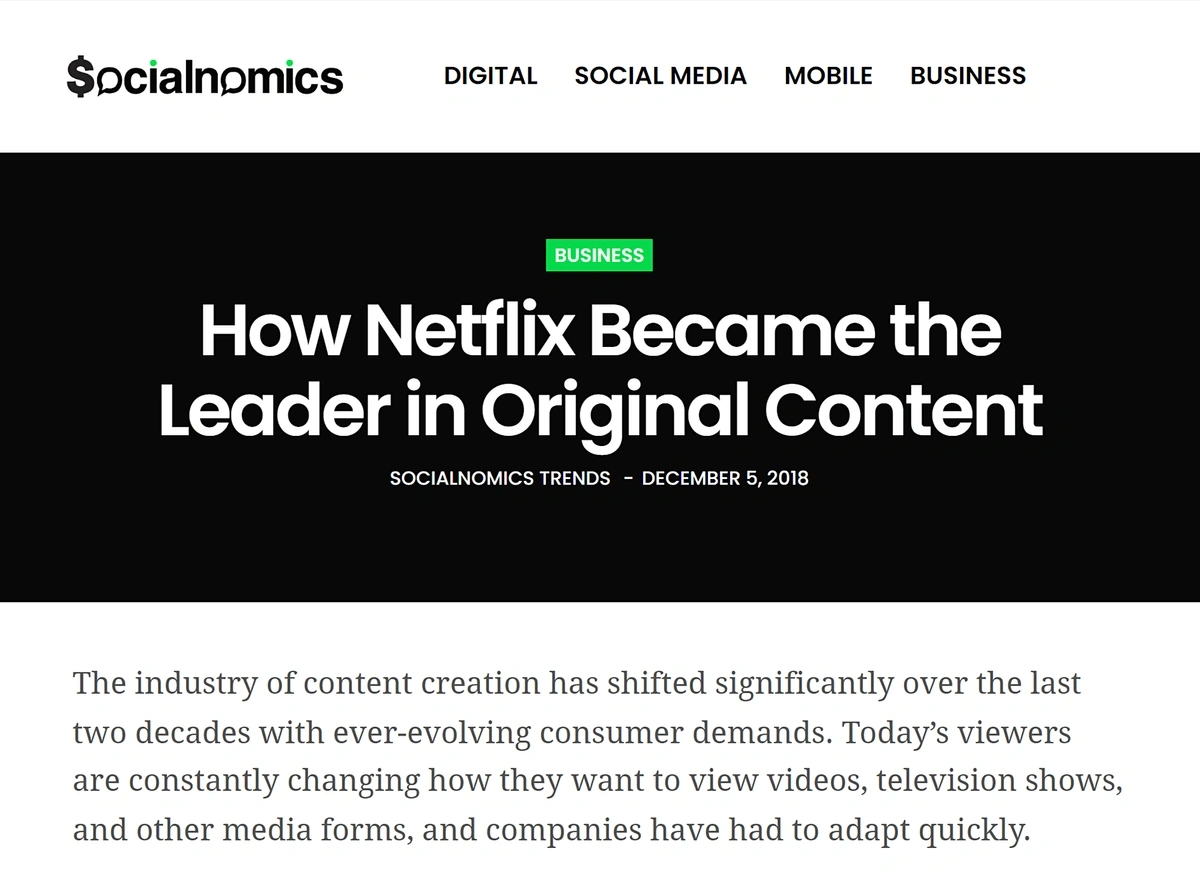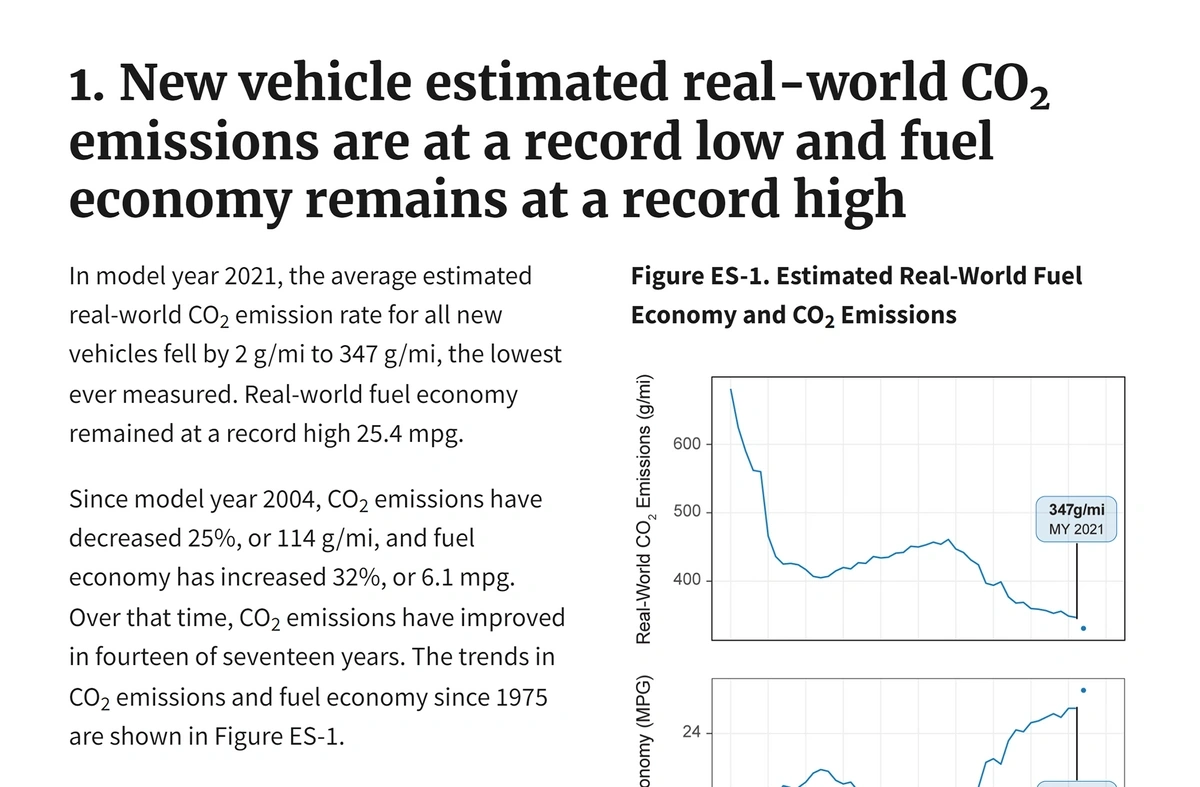
Understanding White Space Analysis
This article breaks down the strategic framework of white space analysis, a process critical for identifying market gaps and untapped consumer needs.
It covers the traditional three-step process and examines real-world applications of this analysis in companies like Apple, Amazon, Tesla, McDonald's, and Netflix, showcasing how it drives innovation and competitive advantage.
What is White Space Analysis?
White space analysis is a structure used to find and understand gaps in a market. Specifically, white space analysis has led to:
- Apple’s iPhone filling the gap between entertainment and communication
- Amazon’s Alexa combining home tech with machine learning
- Tesla merging sustainability and transportation
The Traditional Process of White Space Analysis involves:
- Scope Definition & Market Identification
- Analysis
- Strategic Report & Execution
Why is White Space Analysis Important?
White space analysis is essential for identifying untapped market opportunities and innovation areas.
It helps companies find unmet customer needs, leading to new product development and competitive advantage.
White space analysis also drives innovation and strategic growth, enabling businesses to stay ahead by exploring overlooked or under-serviced areas.
The practice is employed across various departments within a company, each tailoring its use to specific goals. It is most frequently used by R&D, marketing, sales, and finance.
How to Implement White Space Analysis
Step #1: Scope Definition & Market Identification
You start conducting white space analysis by:
- Writing down a clear goal of the white space analysis
- Define the scope of that goal
- Identify the boundaries of the market you’re analyzing
This process sets the parameters and creates a focus on the most important data.
Those parameters typically are:
- Specific industry sectors or competitors
- Geographical areas or customer segments
- Products and services
- Specific competitors & customer demographics
- Unmet needs or market landscape
These parameters are where you determine your direction and depth of analysis. Is the white space analysis focused on products or services? Are you looking for white space externally or internally?
How Warby Parker is Innovating an Age-Old Industry
Warby Parker used market identification to bring the prescription glasses retail model onto the digital market.
Their white space analysis revealed the opportunity of at home try-on services.
Scope definition and market identification are iterative processes. Accounting for emerging challenges or changing market conditions can require re-evaluations to course correct.
Step #2: Analysis
Analysis is the most important step of this process. Here the data is gathered based on the parameters above and the insights are generated. This is where the hunch of an opportunity turns into a value proposition.
The goal is to identify patterns, correlations, or gaps that can signal potential areas for growth or innovation. The analysis can be augmented towards strategy, market trends, or technological advancements.
The specific technical analyses can vary depending on the situation at hand. Here are some common analytics used:
- Financial Analysis
- TAM Analysis
- Scenario Analysis
- Competitor Analysis
- Market Segmentation Reporting
- SWOT
- Predictive Modeling
- Data Synthesis
Market segmentation is often used to understand different customer groups more intimately and identify niche segments that might be underserved.
Advanced analytics can be deployed to forecast future market trends and consumer behaviors, providing a forward-looking perspective that can anticipate where white spaces are going and what white spaces will be formed in the future.
In this step, it is key to model out your quantitative and qualitative data in Excel or code.
The analysis section is about making sense of a complex array of data, intending to generate actionable insights.
McDonald's employs white space analysis to innovate and stay competitive in the fast-food industry.
Constantly analyzing customer trends, segments, and market dynamics.
This involves:
- Introducing healthier menu options in response to consumer health consciousness
- Adopting tech upgrades like self-service kiosks and mobile apps for a better experience
- Expanding into global markets with localized menus
- Addresses environmental concerns with sustainable practices
- Engages in strategic partnerships and celebrity collabs like Travis Scott and Michael Jordan to attract diverse customer segments
Step #3: Strategic Report & Execution
The final step involves compiling the information, insights, and data into a strategic report.
This strategic report will outline:
- Key factors in defining the scope & identifying the market
- If and how the goals changed throughout the analysis
- Key insights generated from the analysis
- Strategic actionable solutions
This step brings holistic clarity to the analysis, clearly portraying the potential of the white spaces uncovered.
Acting as a thorough summary of all the work that has been done, the report will include detailed assessments of potential market spaces, customer needs, competitive landscapes, and risk evaluations.
Netflix's transition into producing original content exemplifies successful white space analysis.
Netflix identified a unique opportunity to stand out in the competitive streaming market by creating its own content, thereby filling a market gap and gaining a competitive edge.
Additionally, Netflix's 2020 product strategy of developing hard-to-copy, profit-enhancing original content like "Stranger Things" and "Bojack Horseman" has not only increased profitability but also solidified its reputation for offering diverse, quality content.
How Netflix Became the Leader in Original Content
This strategic pivot not only met unmet consumer needs but also set the stage for Netflix to revolutionize the entertainment industry, leading to its expansion and global distribution.
The execution can range from recommended actions supported by data and analysis to a full twelve-month implementation plan.
The strategic reporting and execution phase is focused on clearly conveying the findings from the analysis and offering strategic recommendations. This phase can be the difference between capitalizing on the identified white spaces and wasting precious resources.
White Space Analysis in Practice
In practice, white space analysis performs best as a 2-day back of the napkin test to understand a market or a 6-month deep dive into finding the gap in the market and the opportunity to create value.
Anything in between tends to lack commitment, yet expend valuable resources, best to be avoided.
The back of the napkin test is more frequently used, so let’s understand how we can extract the most value out of it.
- Marketers use white space analysis to identify cultural trends
- Analysts use white space analysis to forecast the potential of an investment
- CEOs use white space analysis to refocus the company's direction
The back of the napkin test is a miniaturized version of the white space analysis process listed above.
Southwest Airlines, Whataburger, and Chicago’s grid system were all created using the back of a napkin.
In this process you:
Write #1
- You start with a 3-page or shorter write-up to yourself and your team about the situation you’re trying to understand.
- This is where you will put on paper what you know about the market, product offering, competitor, etc.
- From there you write down your thesis in as specific of detail as possible.
- Followed by the ramifications of your thesis being correct if acted upon.
Analyze
- Based on the first write-up, identify what kind of analysis fits best. Start with the analysis techniques listed above.
- Gather the data. You can find qualitative and quantitative data through Google, data sources like CB Insights and Statista, or collect it yourself.
- Run the data through your analysis.
- Generate insights.
Write #2
- Create a write-up that is 1 page or less explaining the thesis, what the analysis found, what the analysis means, and what the next steps are.
- The EPA does a strong job of encompassing its analysis and goals in this report.
Highlights of the Automotive Trends Report
Final Thoughts
White space analysis is a strategic framework essential for identifying market gaps and unmet consumer needs, leading to innovative product development and competitive advantages.
The process involves three key steps: defining the scope and market, conducting a thorough analysis, and creating a strategic report with execution plans.
Companies like Apple, Amazon, Tesla, McDonald's, and Netflix have successfully employed this approach to identify and fill market gaps, thereby revolutionizing their respective industries.
This approach, adaptable in scale from quick assessments to deep dives, is a vital tool for businesses aiming to stay ahead in rapidly evolving markets.
Stop Guessing, Start Growing 🚀
Use real-time topic data to create content that resonates and brings results.
Exploding Topics is owned by Semrush. Our mission is to provide accurate data and expert insights on emerging trends. Unless otherwise noted, this page’s content was written by either an employee or a paid contractor of Semrush Inc.
Share
Newsletter Signup
By clicking “Subscribe” you agree to Semrush Privacy Policy and consent to Semrush using your contact data for newsletter purposes
Written By


Josh is the Co-Founder and CTO of Exploding Topics. Josh has led Exploding Topics product development from the first line of co... Read more




